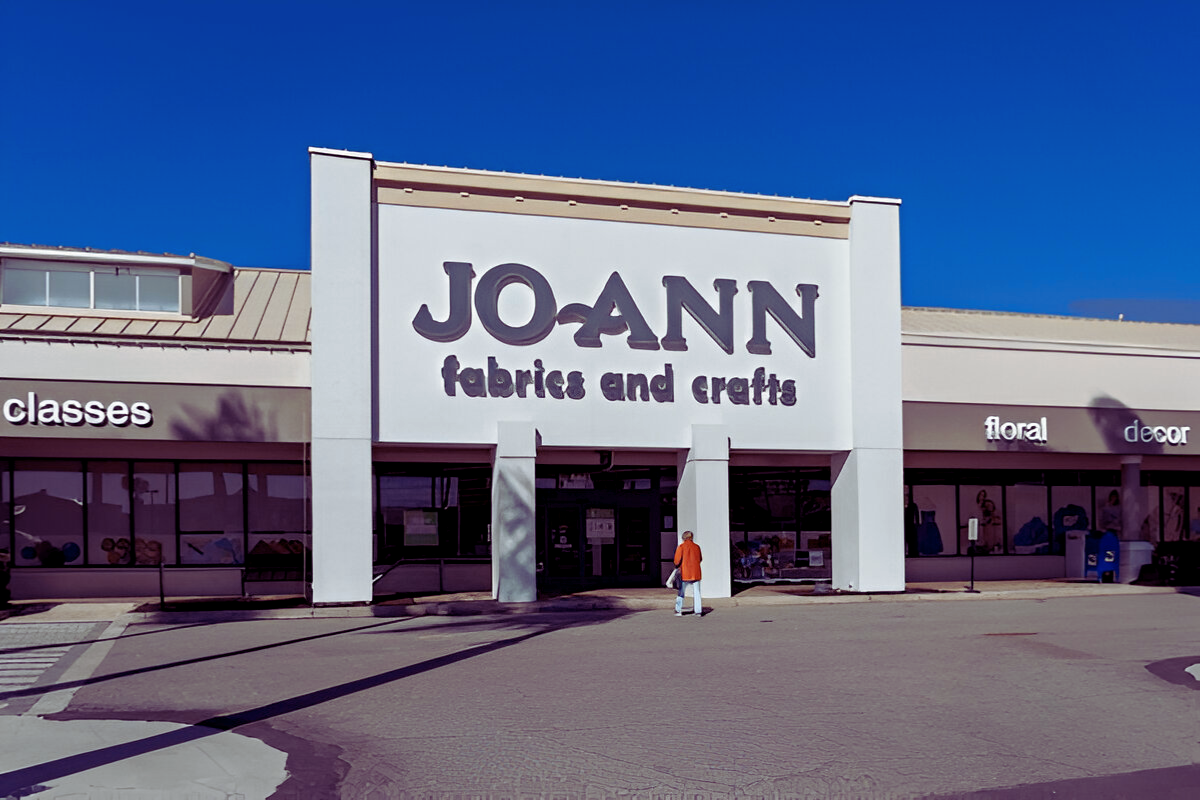Michaels’ involvement in a possible renaissance of crafts, arts, and fabric industry has a lot of potential and the company might just be the pioneer of a new retail era where traditional retail gets a second life in the hands of legacy brands. The text gives information about how Michaels is going to change to result in an entirely different experience and what relation Joann’s story holds in terms of the company’s future success if any.
The Untold Story of Joann’s Cultural Legacy That Could Shake The World
The media have been talking about the financial disaster of Joann’s only, forgetting the culture of American crafting that played a major role in the brand’s story. The company has been the place where DIY workshops were organized, they were the point from where the DIY culture entered the lives of millions of Americans and the way they created, as well as decorated their homes. Only by the acquisition of Joann’s cultural capital can Michaels not only retain his consumers’ love but also communicate what the experience of crafting will mean to customers till 2025 and further.
The loyalty of the customers of Joann has obviously been created through the brand’s DIY community relations. Its bankruptcy didn’t lower the amount of its impact on the customer side, the brand’s influence is still clearly shown in many American homes. The transfer of Joann’s intellectual property and product lines to Michael’s is much more than just the possession of fabric and tools for crafting as it is the latter who will benefit from the continuation of the spirit of America’s crafting culture.
Rebranding The Now Of Retail: Michaels’ Role In Crafting Retail’s Massive Refurbishment
Michaels, already a significant player in the field of crafting, has positioned itself at the forefront by not only merging its brand with Joann’s but also using the latter’s legacy as a key part of its retail strategy. In contrast to its predecessor, which had difficulty in adapting to the digital era, Michaels outlined a clear strategy of blending e-commerce and physical stores into one and the same hybrid retail experience. Leveraging the Michales online platform, together with the Joann brand’s strong presence, could turn out to be a pretty solid combination.
Nonetheless, the critical aspect of the situation is the way Michaels makes Joann’s famous craft instructors and workshops the heart of their video strategy. With remote learning undergoing a rapid paradigm shift and becoming entrenched in everyday American life, the availability of an online forum for crafting lessons would be the quickest way to join the trend of virtual experiences. By encouraging customers not only to stop by as mere buyers but to be active participants in various easy-to-do activities, thereby building a sense of personal learning and creativity as well, Michaels could not only be a store but be an interactive and an educational chat corner for crafting advocates.
The“ Yes“ Of Community-Centric Crafting
Customers nowadays are searching for the whole package when purchasing a product i.e. the product and the experience. The in-store crafting classes and community events of Joann were the perfect opportunity to connect with the customers on a more personal level. Now, the door has opened for Michaels to access the same level of consumer interaction, which Joann’s resources helped them achieve. Just picture if Michaels now provides an AR or VR crafting kits that the customer gets to use, not only in the store but in the home as a cinch with exclusive tutorials to create the ones that are of interest to.
Making crafting more interactive is one way that Michaels can rethink the role of crafting in the 21st century. It could be a means by which the company markets itself to a younger generation that not only views art as a pastime but gets inspired by it for self-expression and community building as well.
New Demographic Areas: A tomorrow that focuses on togetherness and ease of access
An example of the expansion is that the addition of Joann’s fabric and crafting products is an eye-opener to many new demographic markets that Michaels can target. The main age group of the current Michaels customers is typically older than 35. Michaels can use Joann’s reputation of being people-centered in craft and being the most accessible one by doing things like introducing new product lines and services that would be more fitting for the younger crafts, for the people living in the cities, and those in the neighborhoods that have not been served by the retailers for a long time.
This translates into the development of sustainable materials, a broad range of craft-related events, as well as eco-friendly products that are part of Joann’s efforts before shutting down which is still a strategic decision in the expansion. A strong emphasis on sustainability and inclusivity may lead to a broader appeal of the brand and could help it gain the trust of consumers in creative industries as a one-stop-shop for everything creative in the times to come.
A Revolutionary Future Is We Could Dream Of
The saga of Joann Fabrics and Michaels indeed determines which way the craft industry will head. The infusion of Joann’s cultural strength in their extensive network of retail stores could be a game changer that can rebrand the crafts sector and uncover the potential of a future of innovation. Through the digital experience, community building, and being inclusive, Michaels is in a position to revolutionize crafting on all levels. The conversation around the future of American crafting is still in its infancy, but it is already an interesting and promising one.











